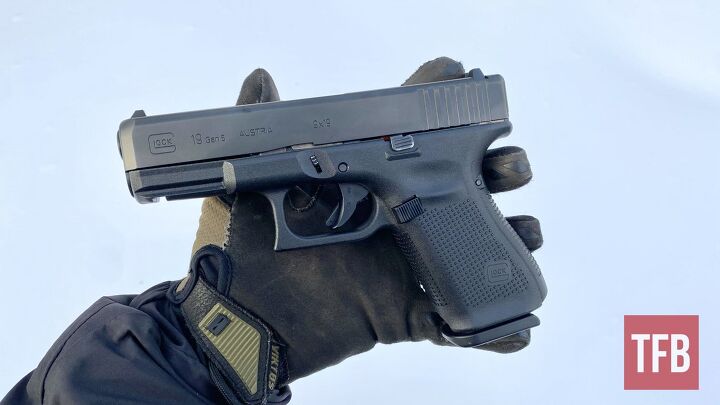A couple of weeks ago, I wrote about carrying in winter and some things you need to consider when it comes to holsters and accessories. A few of you beat me to some of the tougher parts of shooting in winter time when it comes to training and drawing with gloves on. There’s a number of things about winter that seem simple, but can be rather tricky when taking a deeper dive into the subject. Let’s take a closer look at some helpful training tips for winter carry.
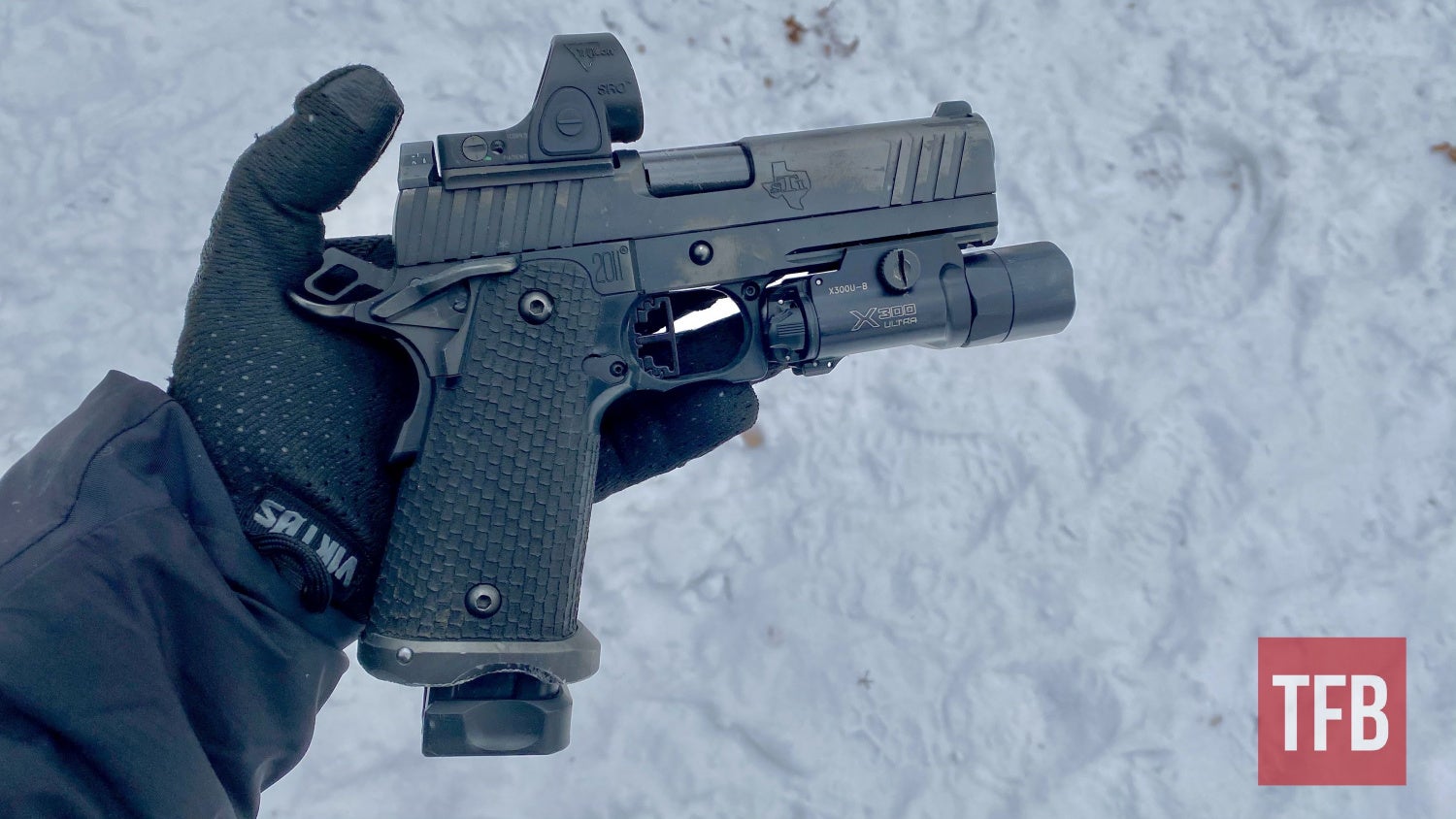
Drawing From Concealment
A couple weeks ago, I talked about the difficulties of drawing your firearm from concealment with multiple layers on. Compared to drawing from concealment with a light jacket, fighting multiple layers is a totally different ball game. Sometimes there are so many layers to fight for access to your firearm, carrying something like an outside the waistband holster is the best option. It really boils down to your climate and how cold your winter months get in your area. Having a heavy winter coat on along with a sweatshirt can make drawing from concealment much more difficult so it’s important to practice that skill either at the range or in your home through dry firing.
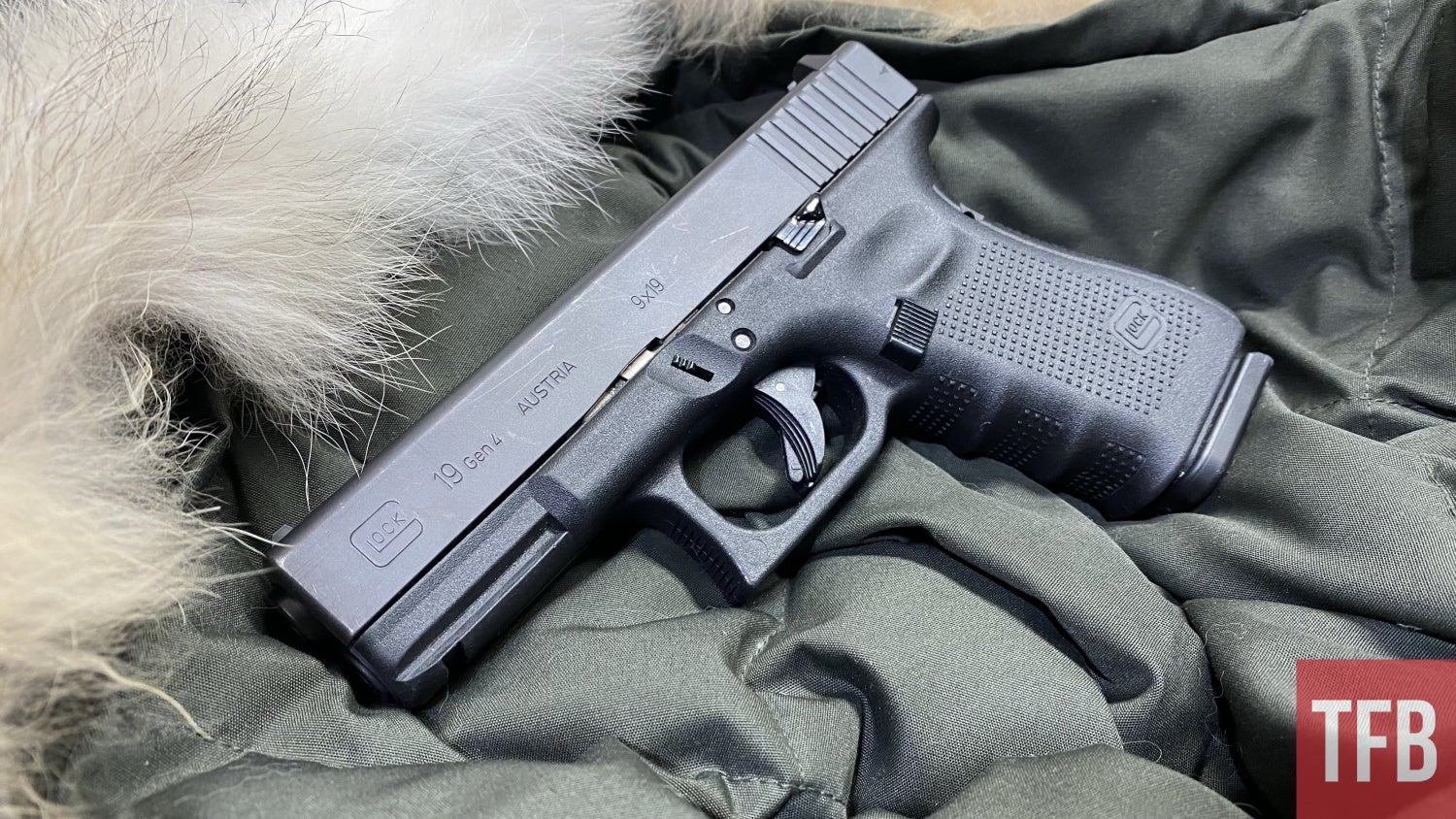
Before practicing your draw at the range, it’s important to double-check with your range officer or main office to make sure your range allows drawing from holsters. There are quite a few different ranges around the country that don’t allow any type of drawing from concealment so it’s important to know before attempting any live fire practice. If live fire practice isn’t an option, practicing your draws at home using snap caps or dry firing are great options. Dry fire can truly improve almost every aspect of shooting without firing a shot. With the exception of recoil management, every small skill can be practiced by dry firing. Some are quick to dismiss practicing with an unloaded gun at home, but it’s truly a great training tool if done correctly.
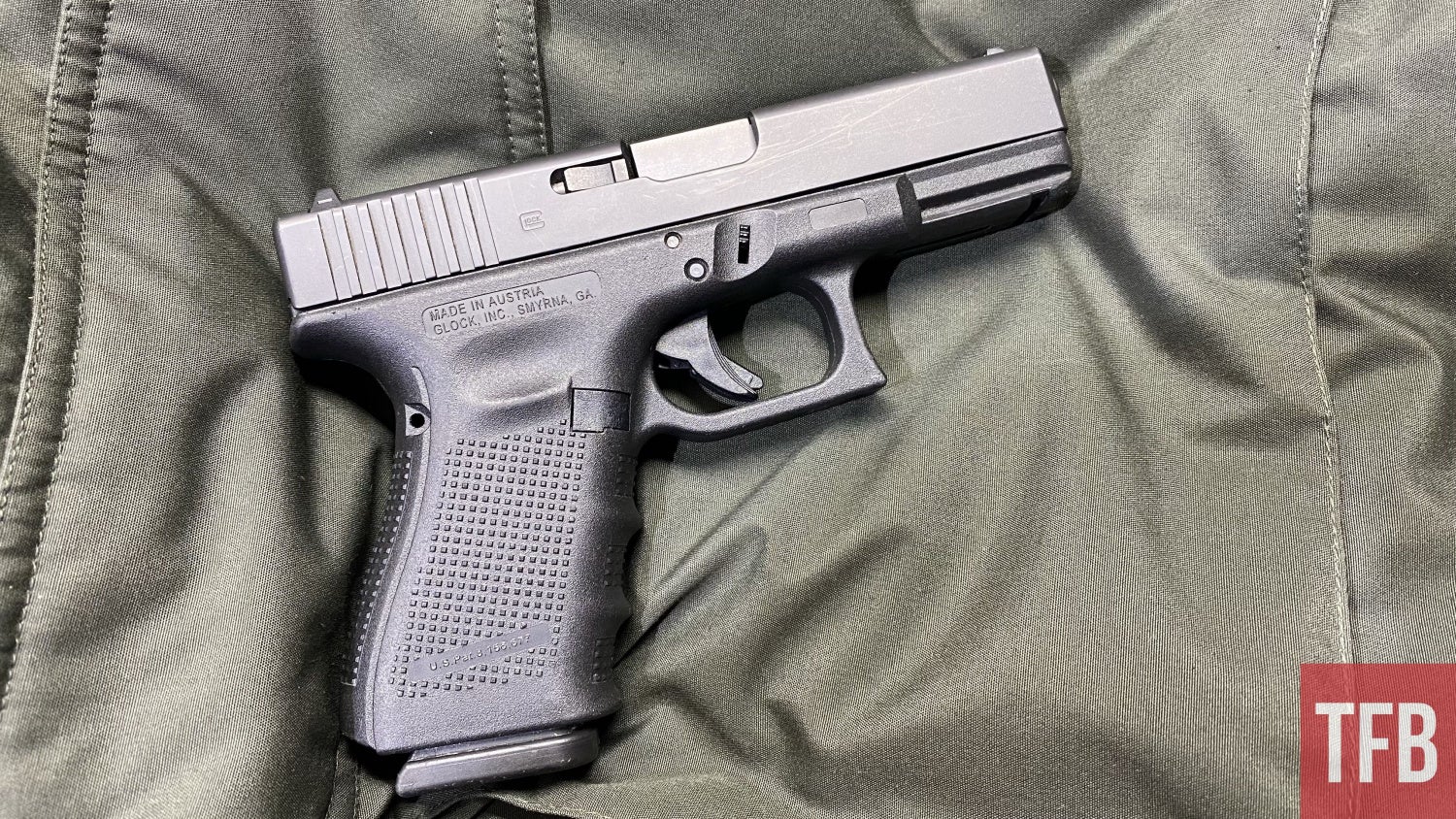
Shooting And Drawing With Gloves
Out of everything in winter, probably the hardest adjustment I have had to learn is shooting with gloves on. There’s a fine line when shooting with gloves because if they’re too large, you won’t be able to shoot comfortably. The other end of the spectrum is having gloves that don’t offer much warmth but you keep your fine motor skills. Personally, I like to have thin gloves where I can fully use my trigger finger without losing feeling. This can become problematic over time since you won’t have the insulation to keep your hands warm for any length of time.
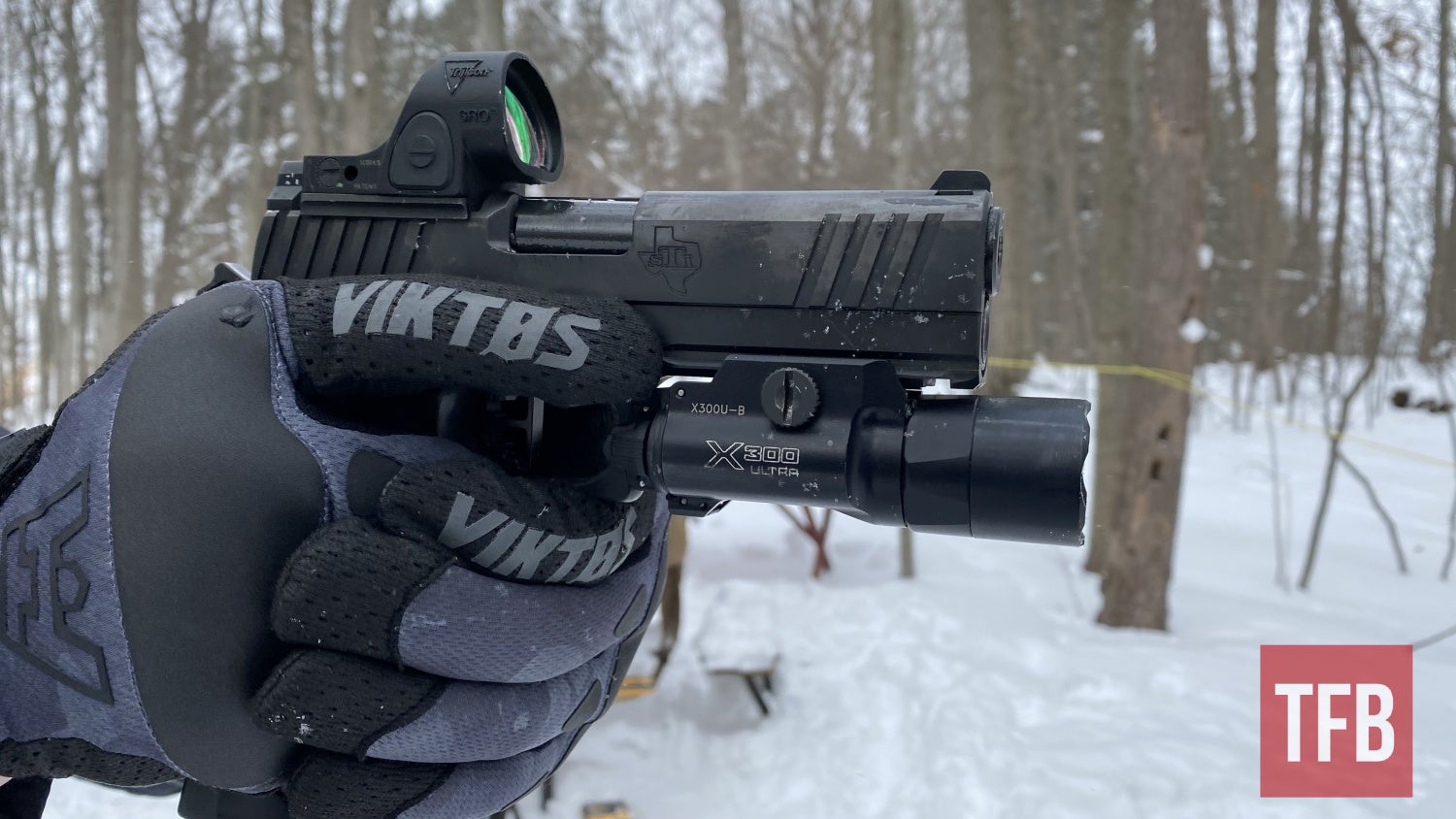
I tend to not be a huge fan of wearing gloves in the winter, but I will typically use a thin pair of gloves if it’s super cold. If you have a favorite style or pair of gloves, I would highly recommend trying them out with your carry gun. Oftentimes the thicker insulated gloves won’t fit into the trigger guard of various handguns. Some handguns by Glock, SIG, HK, and Beretta have ample space in the trigger guard to fit insulated gloves. Not every handgun and glove combination works correctly, so it’s important to try it out before you start carrying with that particular setup.
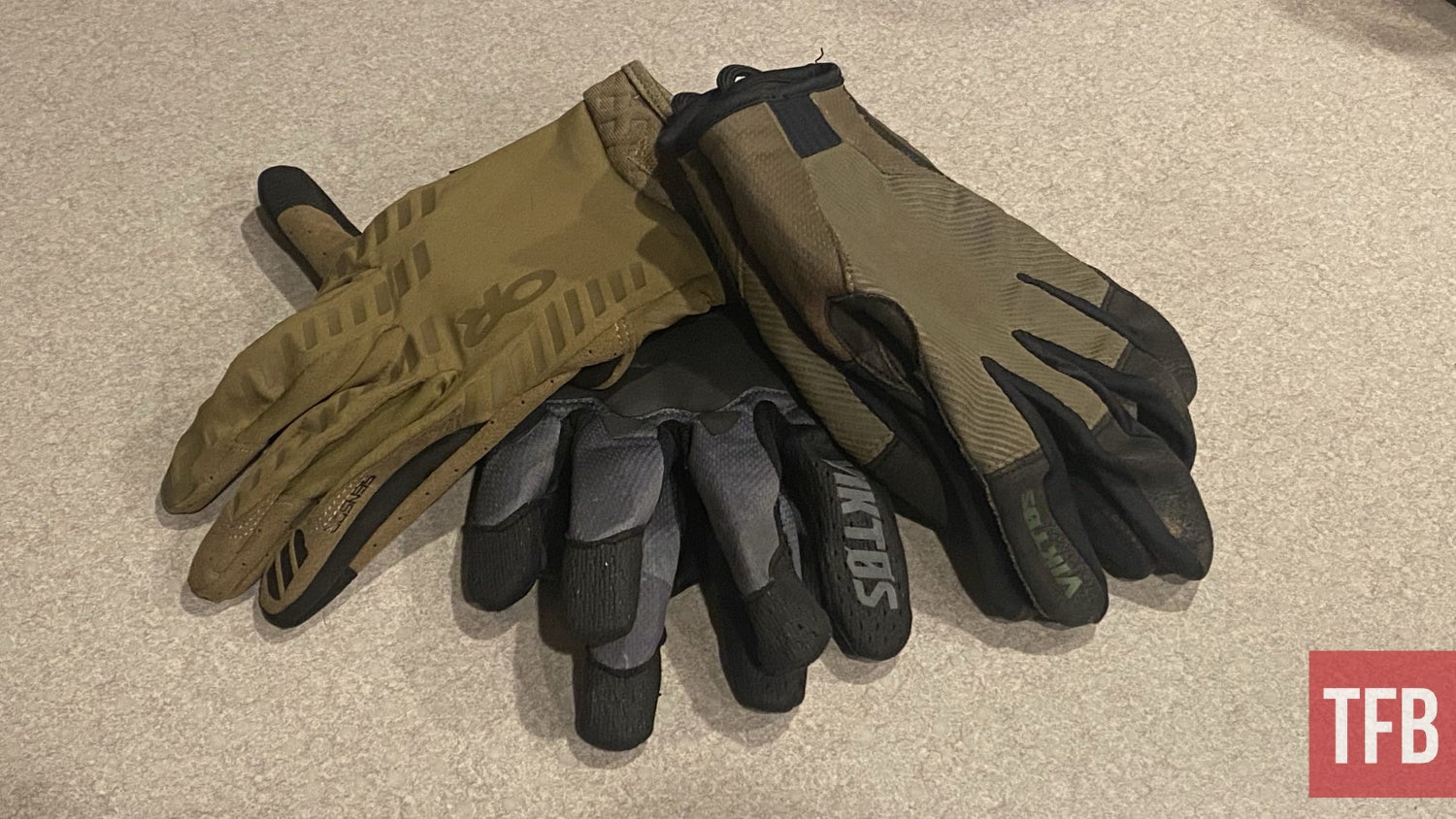
Understanding How The Cold Affects Your Skills
Something most don’t think about is what cold weather will do to your motor functions when it comes to hand and finger movement. The first thing to go after prolonged exposure to the cold is your fine motor skills. Simple tasks like pulling the trigger and racking a handgun slide or pushing a magazine release. Practicing various drills like 2 reload 1 drills can become exponentially more difficult with a lack of fine motor function. The probability of having to defend yourself with overly cold hands is extremely unlikely.
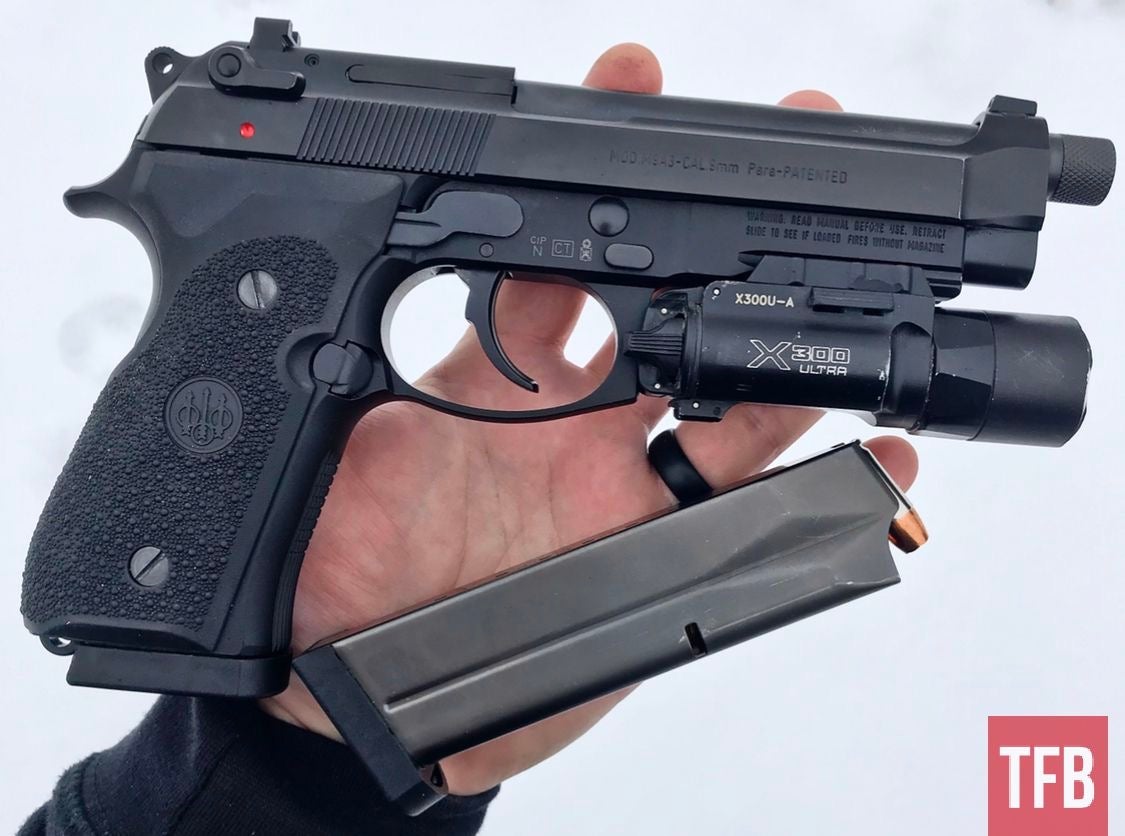
Train With Purpose
Whenever you go out to the range, it’s always a good idea to train with purpose. When training during the winter months, it’s usually a necessity. One of the most uncomfortable times to hit the range is when the weather is hovering around zero with a windchill. On days like that, it’s incredibly important to make your time as productive as possible. If the winter range trips last long enough, you’ll start to feel your fine motor skills fade the colder your hands get.
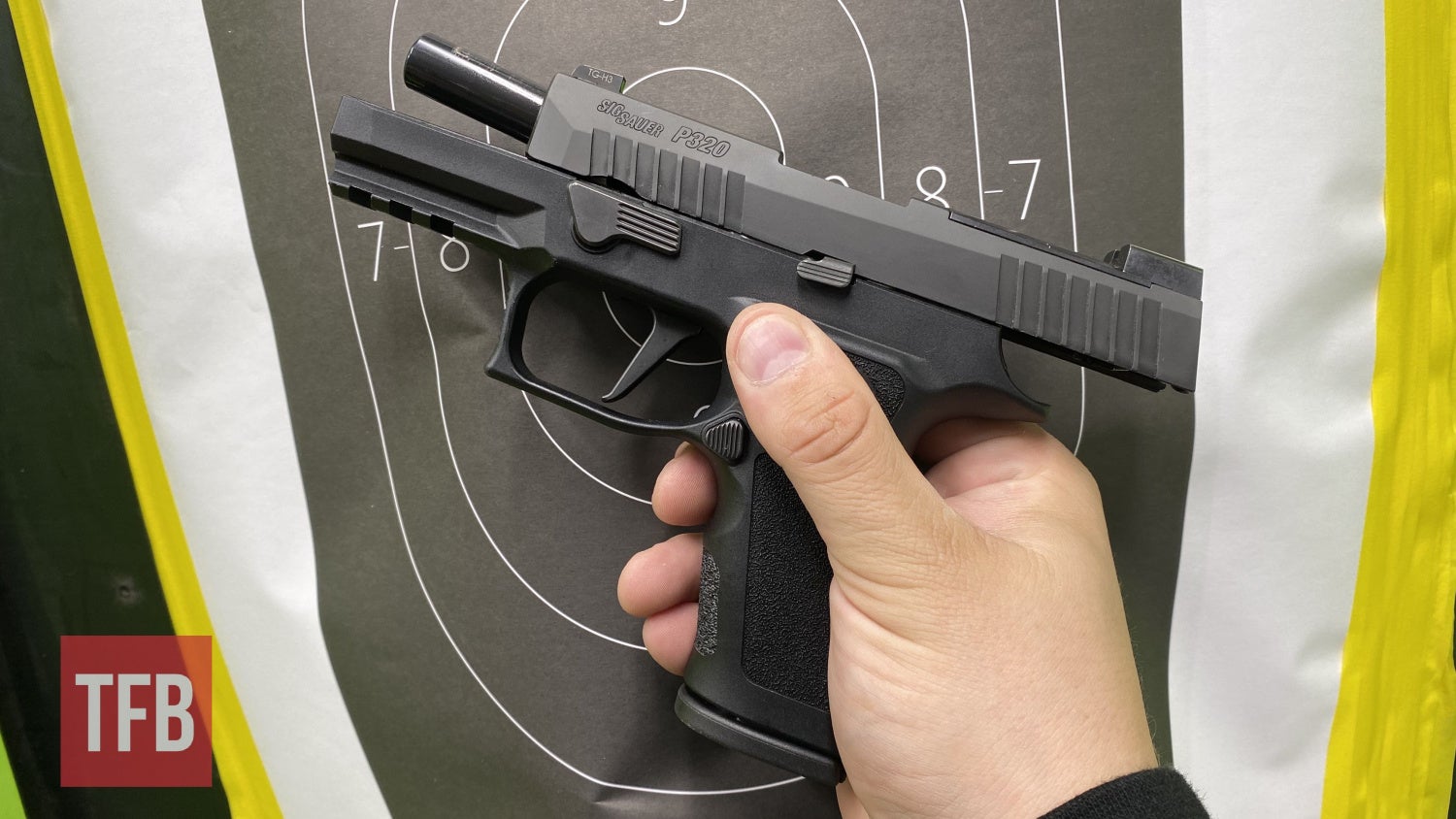
One of the most important tips I can give about training is having a planned range trip ahead of time and sticking to the plan so you train while your hands are warm enough to work properly. I know some of you in Florida are sitting there smiling because it doesn’t to you guys. Training in winter can be a thoroughly enjoyable experience if done correctly but it can be tricky if you haven’t done it before.
Overall Thoughts
Training in the winter months may seem like a tough thing to do but following a few simple tricks can be much more approachable than just trying it out with no prior knowledge. Planning out your range trips ahead of time and having a smaller profile glove will help a ton in the long run. There’s a number of people who don’t think it’s beneficial to train when the weather gets cold, but it’s important to better your skills even if it gets somewhat chilly outside.
What do you guys think about training in the winter months? Do you typically try to train even when there’s snow on the ground or do you prefer to dry fire and wait until the weather gets better during the spring months? Let me know down in the comments below. If you have questions about carrying concealed or just firearms in general, don’t hesitate to shoot me a message on my Instagram @fridgeoperator. Stay safe out there.
TFB’s Concealed Carry Corner is brought to you by GLOCK

 Your Privacy Choices
Your Privacy Choices
